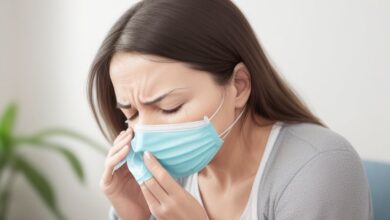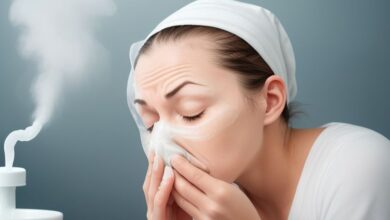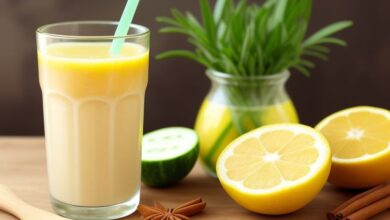
Unveiling The Power Of Heat In Tackling Tap Water Microplastics: 7 Essential Facts
Microplastics in our tap water are a hidden menace. While we might think our water is clean, tiny plastic particles can sneak into our bodies and pose potential health risks. So, what can we do about it? Recent research suggests that boiling our tap water might be a simple yet effective solution. Let’s dive into this topic and uncover seven essential facts about how boiling water can help tackle tap water microplastics.
1. Understanding Microplastic Presence
Microplastics, tiny plastic particles less than 5mm in size, are found everywhere. They come from various sources like plastic bottles, packaging, and even our clothes. These particles can end up in our tap water through wastewater and surface runoff. Common types of microplastics include polystyrene (PS), polyethylene (PE), polypropylene (PP), and polyethylene terephthalate (PET).
2. Health Implications of Microplastics
While we don't fully understand the health risks of microplastic exposure, some studies suggest that inhalation and ingestion of these particles can disrupt cell function, cause inflammation, and lead to oxidative stress. In the short term, they may affect our gut microbiome, potentially causing intestinal issues. This makes finding ways to reduce our exposure to microplastics crucial.
3. The Power of Boiling Water
A study published in Environmental Science & Technology Letters revealed that boiling tap water can reduce microplastic exposure by up to 90%. When water is boiled, especially if it’s rich in minerals, it creates a chalk-like residue called limescale. This limescale traps microplastics, making it easier to remove them through standard filtration methods like coffee or stainless steel filters.
4. Impact of Water Hardness
The effectiveness of boiling water to remove microplastics is directly linked to water hardness. Hard water, which contains higher levels of minerals like calcium carbonate (CaCO3), is more effective at trapping microplastics compared to soft water. This means that if you live in an area with hard water, boiling your tap water can be particularly beneficial.
5. Practical Steps for Boiling Water
To effectively reduce microplastics in your tap water, follow these steps:
- Use a Glass or Stainless Steel Container: Boil your water in a clean container.
- Boil for Five Minutes: Ensure the water reaches a rolling boil for at least five minutes.
- Cool Without Stirring: Allow the water to cool naturally without stirring. This helps microplastics bind with calcium and settle at the bottom.
- Filter the Water: Use a coffee filter or stainless steel filter to separate the limescale and trapped microplastics from the water.
6. Limitations of Boiling Water
While boiling water is a helpful step, it’s not a complete solution. Microplastics are pervasive, and we are exposed to them through various sources beyond tap water. To further reduce exposure, consider adopting lifestyle changes like:
- Avoiding Single-Use Plastics: Use reusable bags, bottles, and containers.
- Minimizing Plastic Use: Opt for products made from alternative materials like glass, metal, or bamboo.
7. Looking Ahead: Research and Sustainable Practices
As scientists continue to study microplastic pollution, it’s clear that a comprehensive approach is needed to tackle this issue. Further research is essential to fully understand the impact of microplastics on our health and to develop more effective ways to remove them from our environment. In the meantime, adopting sustainable practices and reducing plastic use in our daily lives are critical steps we can take to safeguard our health and the health of our planet.
Boiling tap water is a simple yet effective strategy to reduce microplastic exposure. While it’s not a complete solution, it’s a valuable step in the right direction. By combining boiling with other sustainable practices, we can better protect ourselves and our environment from the hidden menace of microplastics. Let’s stay informed, make conscious choices, and work towards a cleaner, healthier future.



